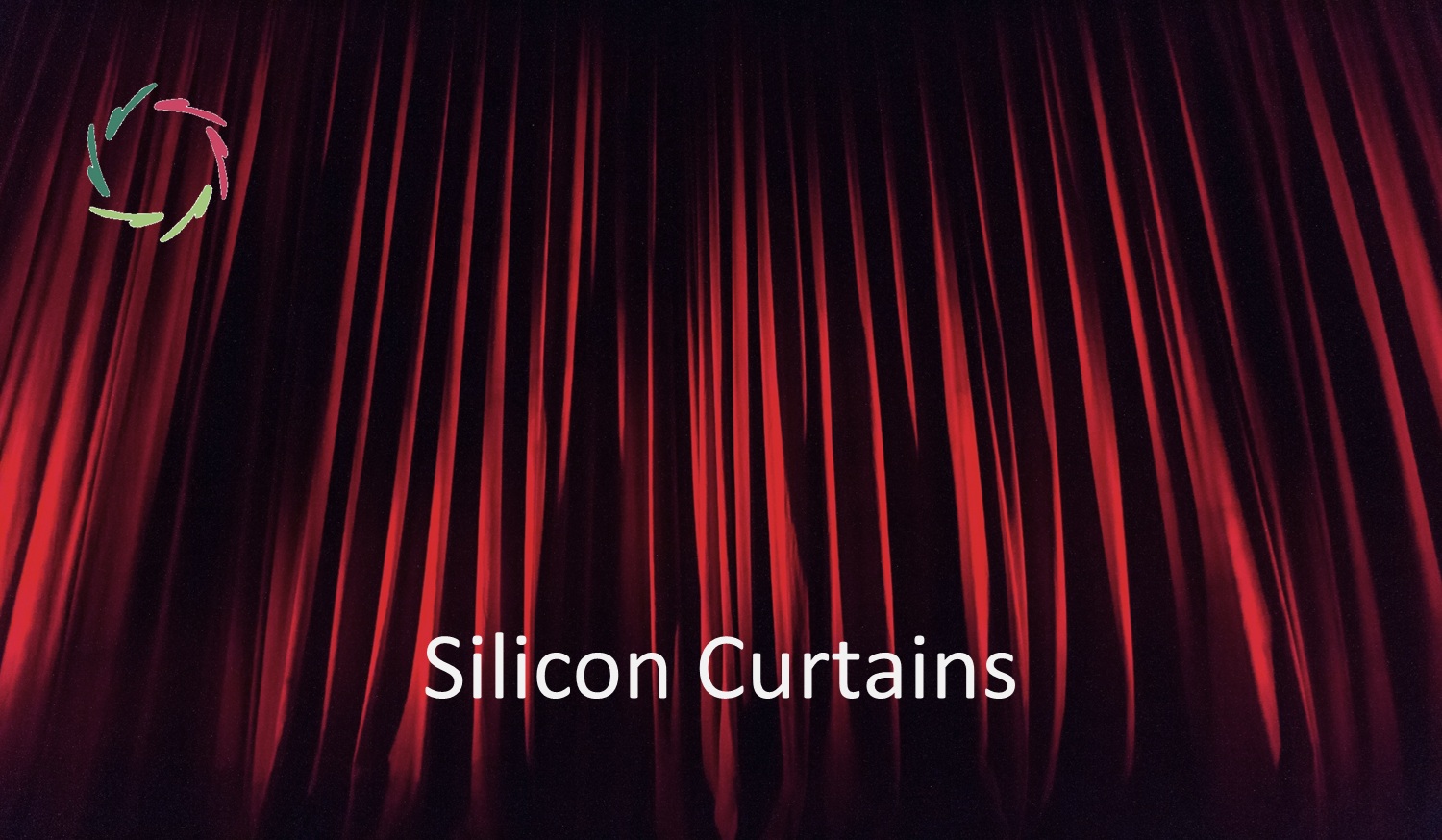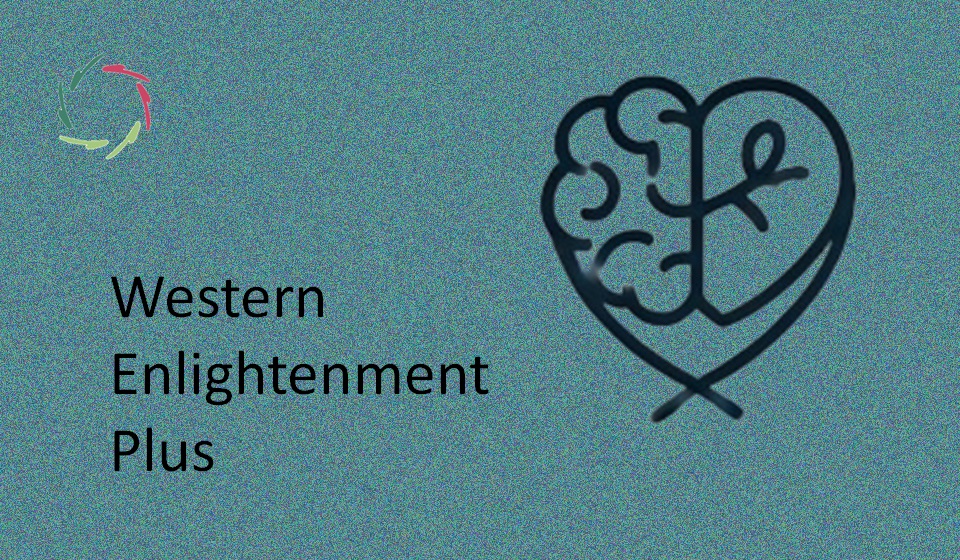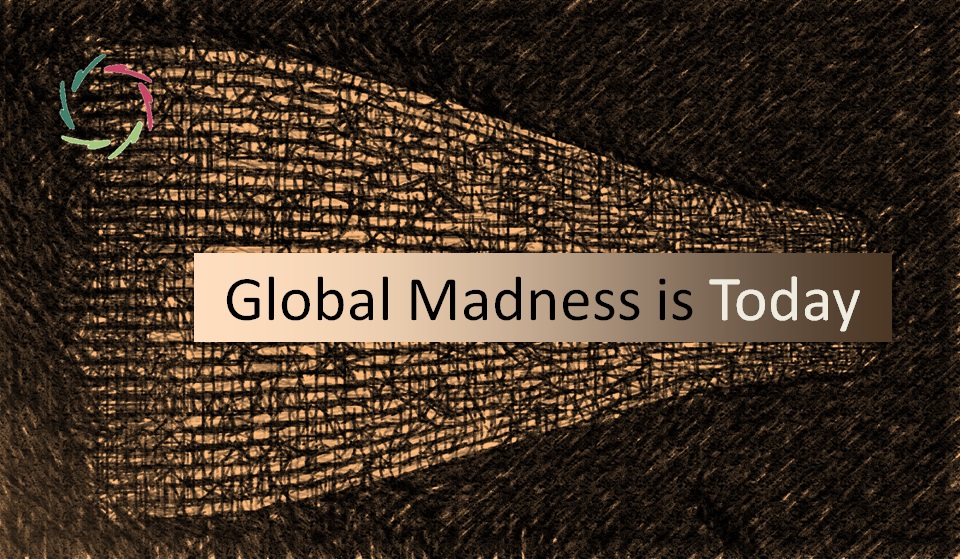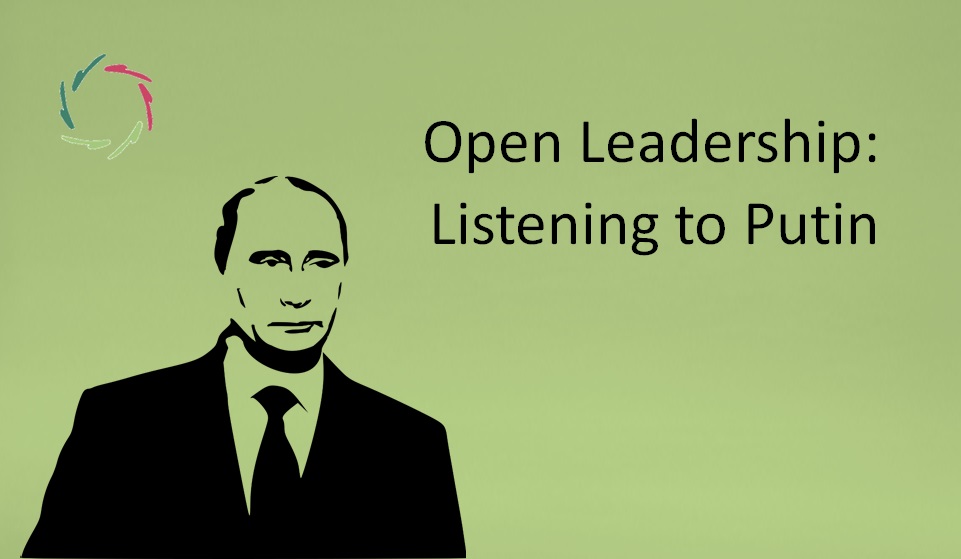Silicon Curtains

The modern world faces three significant challenges, aptly termed ‘Silicon Curtains.’
These barriers are not just technological obstacles but profound reflections of deeply human traits – greed, fear, and superficiality – magnified by the tools and systems we’ve created. At their core, these curtains stem from our own behaviors rather than from technology itself.
12 key highlights
- Humanity faces three major challenges in the digital age, called “Silicon Curtains.”
- The first curtain, technological echo chambers, isolates people in personalized content bubbles.
- Algorithms prioritize efficiency over depth, reducing exposure to diverse perspectives.
- The second curtain, global division, reflects growing cultural and technological fragmentation.
- Countries like the U.S. and China follow vastly different digital paths, deepening divides.
- Digital borders and censorship create mistrust and block global collaboration.
- The third curtain, human-A.I. disconnect, shows how technology distances us from our inner selves.
- Over-reliance on digital tools reduces self-reflection and meaningful relationships.
- These three curtains are interconnected, forming a self-reinforcing cycle of fragmentation.
- Breaking free requires rethinking how we use technology and prioritize human values.
- Solutions include human-centered design, global cooperation, and promoting self-awareness.
- The text asks: How can we remain human in a world shaped by technology?
The curtain of technological echo chambers
This curtain describes a reality where algorithms and artificial intelligence dominate much of what we see and do. These systems, while designed for efficiency, often prioritize predefined logic over human complexity. By sorting people into categories and tailoring information to specific preferences, these algorithms create echo chambers that limit exposure to diverse perspectives.
The result? Personalization filters reinforce isolation, eroding autonomy and subtly shaping decisions about news, entertainment, and even personal values. In such an environment, meaningful human interactions risk being reduced to transactional exchanges. This curtain not only exacerbates inequality and alienation but also undermines trust in the very systems that increasingly dictate our lives.
The curtain of global division
This curtain reflects the fragmentation of shared realities into distinct digital ecosystems shaped by cultural and ideological divides. It’s not just about disparities between rich and poor nations; even technologically advanced regions such as the U.S., China, India, and Brazil are carving divergent paths. Each operates within unique digital frameworks that amplify cultural biases and further entrench division.
Geopolitical fragmentation is stark, with the U.S. and China embodying opposing approaches — corporate-led versus state-driven innovation. Nations like India and Brazil seek to assert independence while navigating these global power structures. Compounding this are data localization policies and digital borders, which limit the free exchange of ideas and deepen mistrust. In such a fragmented landscape, global cooperation on shared challenges like climate change and public health becomes increasingly difficult.
The curtain of Human-A.I. disconnect
The third curtain highlights an alienation from our deeper selves, worsened by growing reliance on digital tools. As technology claims more of our time and attention, opportunities for self-reflection dwindle, and human relationships risk losing their depth and authenticity.
Algorithms optimize for engagement rather than individuality, fostering conformity instead of diversity. This alienation compounds the challenges posed by the other curtains, reinforcing technological echo chambers and cultural divisions. Together, they create an existential question: how do we maintain our humanity in an increasingly digitized world?
The whirlpool effect
These three curtains – technological echo chambers, global division, and human-A.I. disconnect – are deeply interconnected, forming a self-reinforcing cycle. Each amplifies the other, creating a whirlpool of fragmentation and disconnection. Technological dominance consolidates power, which in turn deepens cultural divides, fostering further alienation. This spiral becomes increasingly resistant to change, highlighting the need for a holistic approach to address these challenges.
Opportunities for change
Despite these challenges, there is hope. These curtains arise from universal human tendencies – greed, fear, and superficiality – that can be addressed through greater self-awareness and ethical frameworks.
Rebalancing technology requires a focus on human-centered design, transparency, and accountability. Algorithms must be crafted to serve humanity, not exploit it. Bridging cultural divides calls for cross-cultural narratives, global standards for A.I. ethics, and enhanced international cooperation on pressing issues like climate change. Equally vital is the restoration of inner depth through tools and practices that help individuals reconnect with their authentic selves.
The concept of the ‘Silicon Curtains’ challenges us to rethink how we engage with technology and each other. By integrating technological progress with a commitment to human values, we can ensure that our tools unite rather than divide us.


